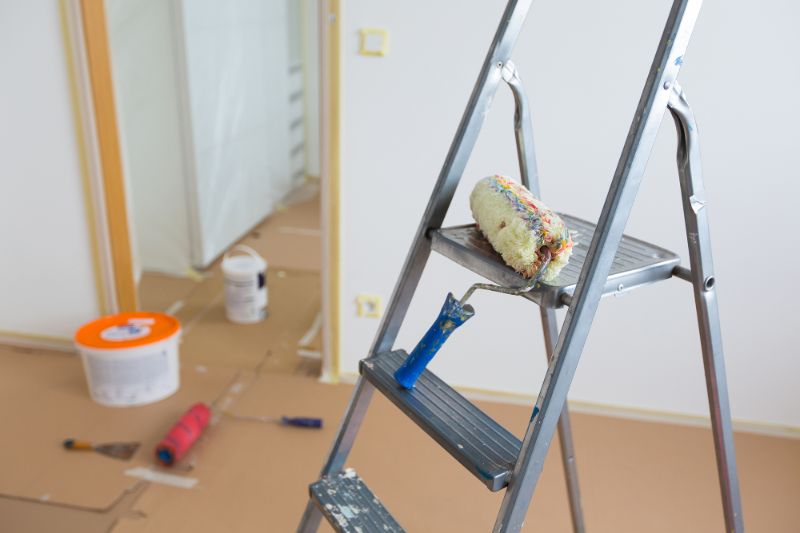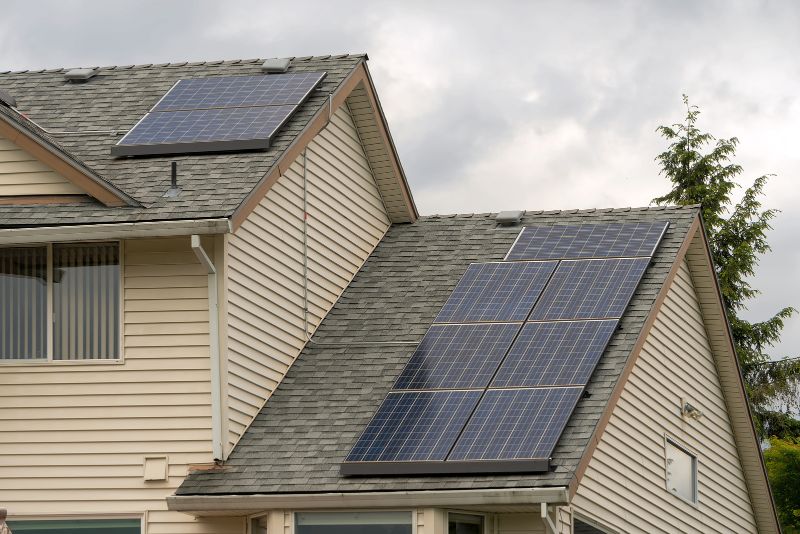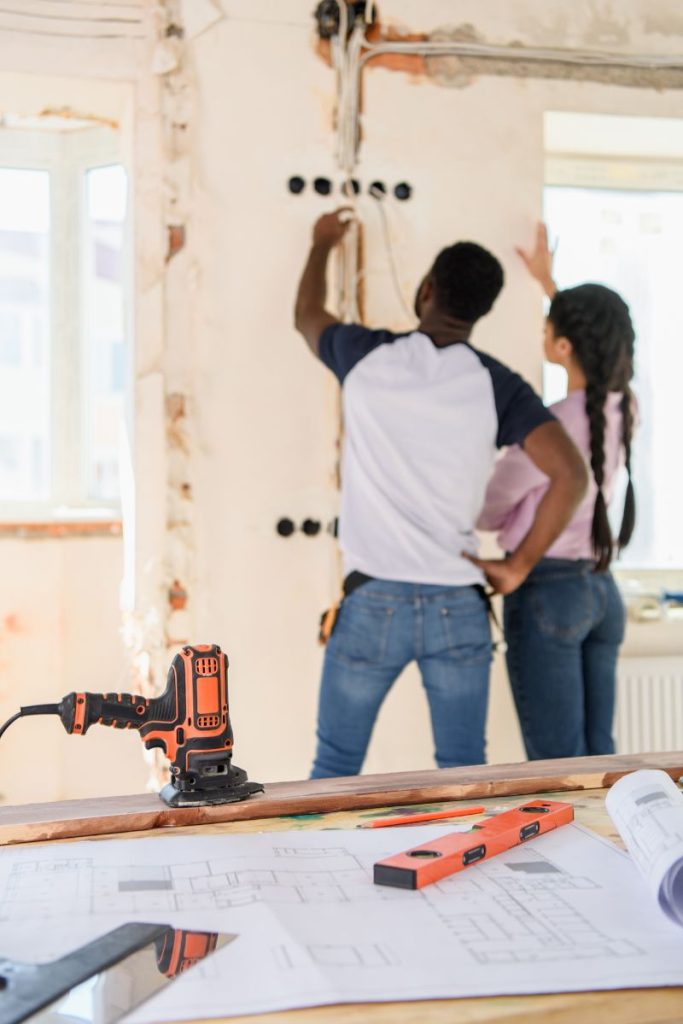Renovation is not just about enhancing your home’s aesthetic appeal or functionality; it’s also an excellent opportunity to make your living space more environmentally friendly. Eco-friendly home renovations can significantly reduce your environmental footprint, lower energy bills, and create a healthier living environment.

From solar panel installation to adopting sustainable materials, you can incorporate green practices into your renovation project in numerous ways. This guide will discuss the top six eco-friendly home renovation ideas to help you create a home that is not only beautiful and functional but also kinder to our planet.
1. Invest in Renewable Energy
Investing in renewable energy systems, such as solar panels or wind turbines, is a tremendous step towards eco-friendly home renovation. Solar panels convert sunlight directly into electricity, making them a renewable and clean energy source that can significantly reduce your reliance on conventional power sources. Furthermore, any excess energy produced can be fed back into the grid, which may entitle you to certain financial incentives depending on your local area.
Wind turbines, however, harness the wind’s power to generate electricity. Although they may only be feasible for some locations, they can be a highly effective solution in windy areas. Companies such as Marlow HDS Solar can offer a range of high-quality, efficient solar panels that can be seamlessly integrated into your existing home design. These renewable energy systems can help drastically reduce your carbon footprint while saving on energy costs in the long run.

2. Use Recycled Materials for Flooring and Countertops
Opting for recycled flooring and countertops is another great way to make your home renovation more eco-friendly. These materials save resources and add a unique aesthetic charm to your living space. Reclaimed wood, for instance, can be used for beautiful, character-rich floors, while recycled glass can be transformed into stunning, vibrant countertops.
Consider using recycled ceramic tiles for floors, walls, and countertops. They’re durable, easy to clean, and have various designs and colors. Choosing recycled materials indirectly reduces the demand for new resources and minimizes environmental impact. Many recycled materials are affordable, making them a practical choice for budget-conscious, eco-friendly homeowners.
3. Install Energy-Efficient Windows and Doors
Replacing your old windows and doors with energy-efficient alternatives can significantly impact your home’s overall sustainability. These products are designed to minimize heat loss, reduce air leakage, and keep out harsh outdoor elements. As a result, you’ll be able to maintain a comfortable temperature indoors without relying heavily on heating or cooling systems, saving you both energy and money.
Look for windows and doors with high Energy Star ratings, indicating they have met strict energy efficiency requirements set by the Environmental Protection Agency (EPA). Additionally, consider using insulated frames for your windows and doors to enhance energy efficiency. Installing these eco-friendly products helps reduce your carbon footprint and adds value to your property.

4. Upgrade to Energy-Efficient Appliances
When renovating your home, pay attention to the impact of upgrading to energy-efficient appliances. Old appliances consume more energy than newer models designed with eco-friendliness in mind. Look for products with Energy Star labels indicating that they meet or exceed energy efficiency standards set by the EPA.
Investing in energy-efficient refrigerators, dishwashers, washing machines, and other appliances can considerably reduce energy consumption and save you money on utility bills. Plus, many modern appliances have advanced features that make them easier to use and maintain, enhancing their appeal.
5. Incorporate Natural Lighting
Another simple yet effective way to make your home more eco-friendly is by incorporating natural lighting into your renovation plans. Natural light reduces your reliance on artificial lighting and creates a more inviting and healthy living environment.
Use skylights, large windows, and glass doors to maximize natural light in your home. Not only will this help you save energy, but it can also improve your mood and overall well-being by providing a connection to the outdoors. Additionally, consider using energy-efficient light bulbs and fixtures when natural light is unavailable.
6. Opt for Low VOC Paints
Painting your home is one of the most common renovation projects, but traditional paints can contain harmful chemicals known as volatile organic compounds (VOCs). These chemicals can have adverse effects on both human health and the environment.
When choosing paint for your renovation project, choose low-VOC or no-VOC options. These paints are made from natural, non-toxic ingredients and emit fewer harmful chemicals into your home’s air. Not only will this benefit your health and the environment, but they also come in various colors and finishes to suit any design aesthetic.

Incorporating eco-friendly practices into your home renovation can significantly impact the environment, your health, and your finances. Investing in renewable energy, using recycled materials, upgrading to energy-efficient products, incorporating natural lighting, and opting for low-VOC paints are all excellent ways to create a more sustainable living space. Following these eco-friendly home renovation ideas can help protect our planet while creating a beautiful and functional home for you and your family.
